Refractive surgery
Refractive eye surgery is any eye surgery used to improve the refractive state of the eye and decrease or eliminate dependency on glasses or contact lenses. This can include various methods of surgical remodeling of the cornea or cataract surgery. The most common methods today use excimer lasers to reshape the curvature of the cornea.
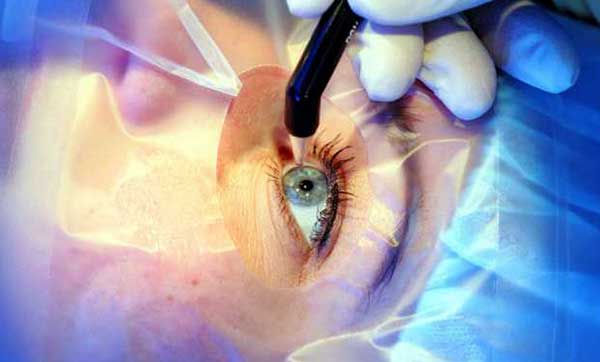
Eyeglass prescription
An eyeglass prescription is an order written by an eyewear prescriber, such as an optometrist or ophthalmologist, that specifies the value of all parameters the prescriber has deemed necessary to construct and/or dispense corrective lenses appropriate for a patient.
If an examination indicates that corrective lenses are appropriate, the prescriber generally provides the patient with an eyewear prescription at the conclusion of the exam.
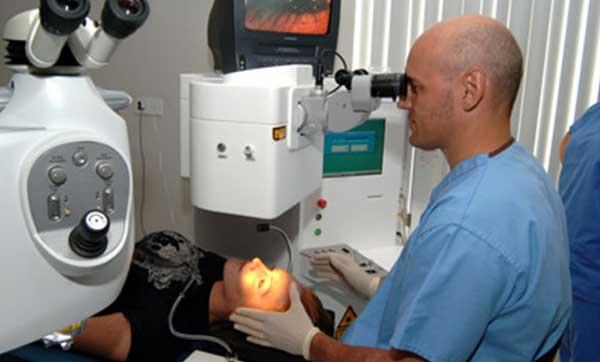
Surface procedures
The excimer laser is used to ablate the most anterior portion of the corneal stroma. These procedures do not require a partial thickness cut into the stroma. Surface ablation methods differ only in the way the epithelial layer is handled.
Photorefractive keratectomy (PRK) is an outpatient procedure generally performed with local anesthetic eye drops (as with LASIK/LASEK) . It is a type of refractive surgery which reshapes the cornea by removing microscopic amounts of tissue from the corneal stroma, using a computer-controlled beam of light (excimer laser).
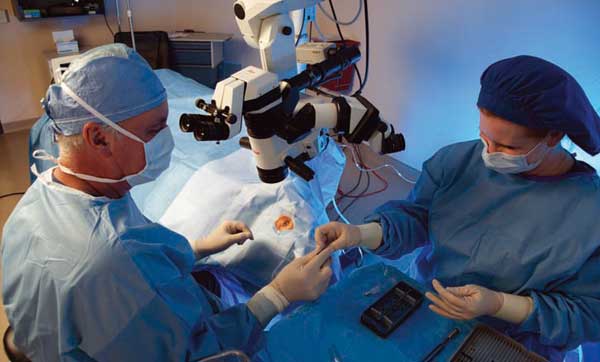
Corneal incision procedures
Radial keratotomy (RK), developed by Russian ophtalmologist Svyatoslav Fyodorov in 1974, uses spoke-shaped incisions, always made with a diamond knife, to alter the shape of the cornea and reduce myopia or astigmatism; this technique is, in medium to high diopters, usually replaced by other refrective methods.
Mini Asymmetric Radial Keratotomy (MARK), developed by Italian ophtalmologist Marco Abbondanza in 1993 and improved in 2005. It consists of a series of microincisions, always made with a diamond knife, designed to cause a controlled cicatrisation of the cornea, which changes its thickness and shape.
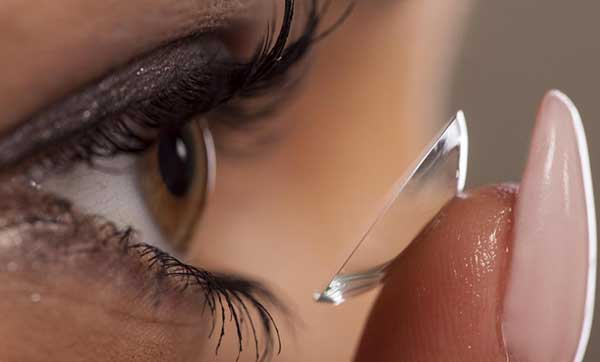
Hyperopia
Hyperopia can experience blurred vision, asthenopia, accommodative dysfunction, binocular dysfunction, amblyopia, and strabismus, another condition that frequently causes blurry near vision. Presbyopes who report good far vision typically experience blurry near vision because of a reduced accommodative amplitude brought about by natural aging changes with the crystalline lens. It is also sometimes referred to as farsightedness, since in otherwise normally-sighted persons it makes it more difficult to focus on near objects than on far objects.
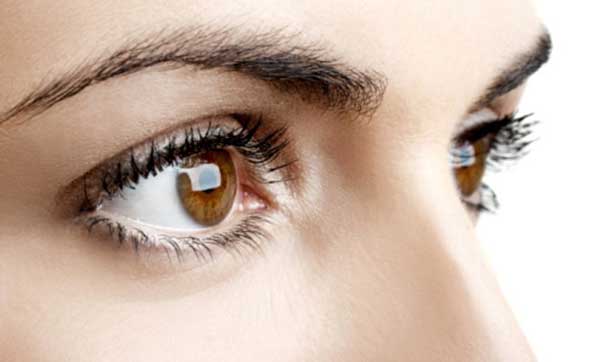
Keratoconus
Keratoconus can cause substantial distortion of vision, with multiple images, streaking and sensitivity to light all often reported by the patient. It is typically diagnosed in the patient's adolescent years. If afflicting both eyes, the deterioration in vision can affect the patient's ability to drive a car or read normal print.
In most cases, corrective lenses fitted by a specialist are effective enough to allow the patient to continue to drive legally and likewise function normally. Further progression of the disease may require surgery, for which several options are available,
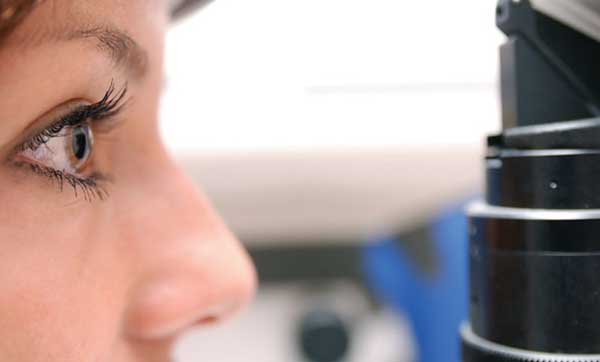
Radial keratotomy
Radial keratotomy (RK) is a refractive surgical procedure to correct myopia (nearsightedness) that was developed in 1974, by Svyatoslav Fyodorov, a Russian ophthalmologist. Though it has been largely supplanted by newer operations, such as photorefractive keratectomy, LASIK, Epi-LASIK and the phakic intraocular lens, RK remains popular for correction of astigmatism in certain patients.